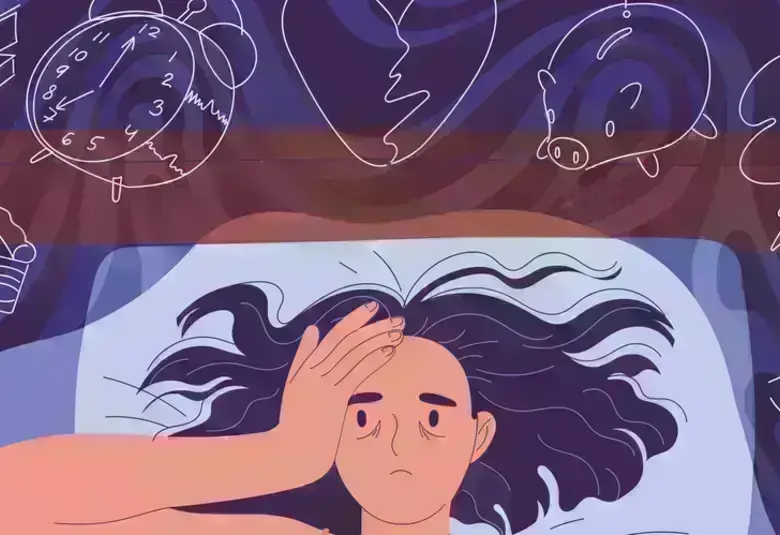
What causes the different phases of migraine?
Migraine is a complex neurological disorder characterized by a prodromal phase, aura, headache, postdromal, and interictal phases, and each phase may be associated with numerous symptoms. It results from a variety of genetic, environmental, metabolic, hormonal, and iatrogenic contributing factors and pathological mechanisms. Current understanding of the complex neuropathophysiology contributing to the different phases of migraine was explained by three experts at the Scottsdale Headache Symposium.
Migraine is a complex polygenic disease influenced by the internal factors and external environment
Migraine symptoms vary in severity and by phase, explained Professor David Dodick, Mayo Clinic College of Medicine, Scottsdale, Arizona, USA, and appear to result from activation of different brain regions with release of neuropeptides and altered brain connectivity.1
Activation of different brain regions appear to contribute to migraine-related symptoms1
Increasing disease severity correlates with structural and functional brain alterations, he added, and potential pathophysiological changes in the long term include:
- Altered neuropeptide levels2
- Structural brain changes (visualized by neuroimaging)3
- Changes in neuronal activation and function (visualized by neuroimaging)1
Attack frequency, medication overuse, and severity of symptoms may act as indicators of increasing migraine severity and disease progression4 and facilitate optimal migraine management which is key to reducing the risk of disease progression.
The Prodromal phase is associated with hypothalamic activation, leptin, neuropeptide Y and orexins A and B
Migraine phases are not discrete and prodromal symptoms can persist throughout a migraine attack
The hypothalamus is involved in a number of physiological processes including nociceptive processing, control of the sleep-wake cycle, feeding, thirst, arousal, and autonomic and endocrine regulation.5 said Professor Andrew Charles, University of California and Los Angeles, California, USA. He commented that:
- activation of the hypothalamus occurs before onset of migraine pain6 and, together with neurotransmitters and neuromodulators that regulate hypothalamic function, may contribute to prodromal symptoms5,7
- the hypothalamus may control non-headache symptoms such as nausea and vomiting, changes in appetite, and fatigue6
He also explained that neuropeptides involved in homeostatic functions may mediate the prodromal symptoms of migraine,7 for example:
- leptin, which reduces appetite, increases under normal sleep conditions, and is reduced interictally
- neuropeptide Y, which increases appetite, promotes sleep, and is increased in plasma and cerebrospinal fluid (CSF) during attacks
- orexin A and B, which increase appetite, contribute to the sleep/wakefulness cycle, and are increased in the CSF in chronic migraine and medication overuse headache
Aura is driven by cortical spreading depression (CSD)
CSD activates the trigeminovascular system, driving aura symptoms
CSD is considered to be primary pathophysiology behind the aura phase,7 said Professor Charles. It is hypothesized that CSD:
- activates the trigeminovascular system, driving aura symptoms
- causes a large wave of slow spreading depolarization within the grey matter, which inhibits cortical activity
- results in changes in synaptic activity, extracellular ion concentrations, blood flow, and metabolism
Sensitization of the central and peripheral trigeminal system can create a state of hypersensitivity and sustained pain,8 he added. Feedback from a sensitized brain may then potentiate pain signalling and contribute to photophobia, phonophobia, and cutaneous mechanical allodynia.8
Headache (ictal) phase is associated with brainstem abnormalities and CGRP, and PACAP activity
CGRP and PACAP are elevated during a migraine attack
Magnetic resonance imaging suggests that patients with migraine and greater symptoms of allodynia have structural abnormalities within the brainstem.9 In addition, sensitization of primary nociceptors and central trigeminovascular neurons may contribute to allodynia.10
The neuropeptides calcitonin gene-related peptide (CGRP) and pituitary adenylate cyclase-activating polypeptide (PACAP) are elevated during a migraine attack.11 Both are implicated in the pathogenesis of headache pain and photophobia and may play a fundamental role in neurogenic inflammation and peripheral and central sensitization of the trigeminal and other systems,11 said Professor Charles.
Postdromal and interictal phases are associated with ongoing brain hypoperfusion and activation
Bilateral posterior cortical hypoperfusion during migraine attacks persists following effective pain relief for 4–6 hours after the attack,12 and functional imaging has demonstrated that multiple brain regions may remain active during the interictal period.13
Our correspondent’s highlights from the Scottsdale Headache symposium are meant as a fair representation of the scientific content presented. The views and opinions expressed on this page do not necessarily reflect those of Lundbeck.
AU-NOTPR-0262. December 2020


